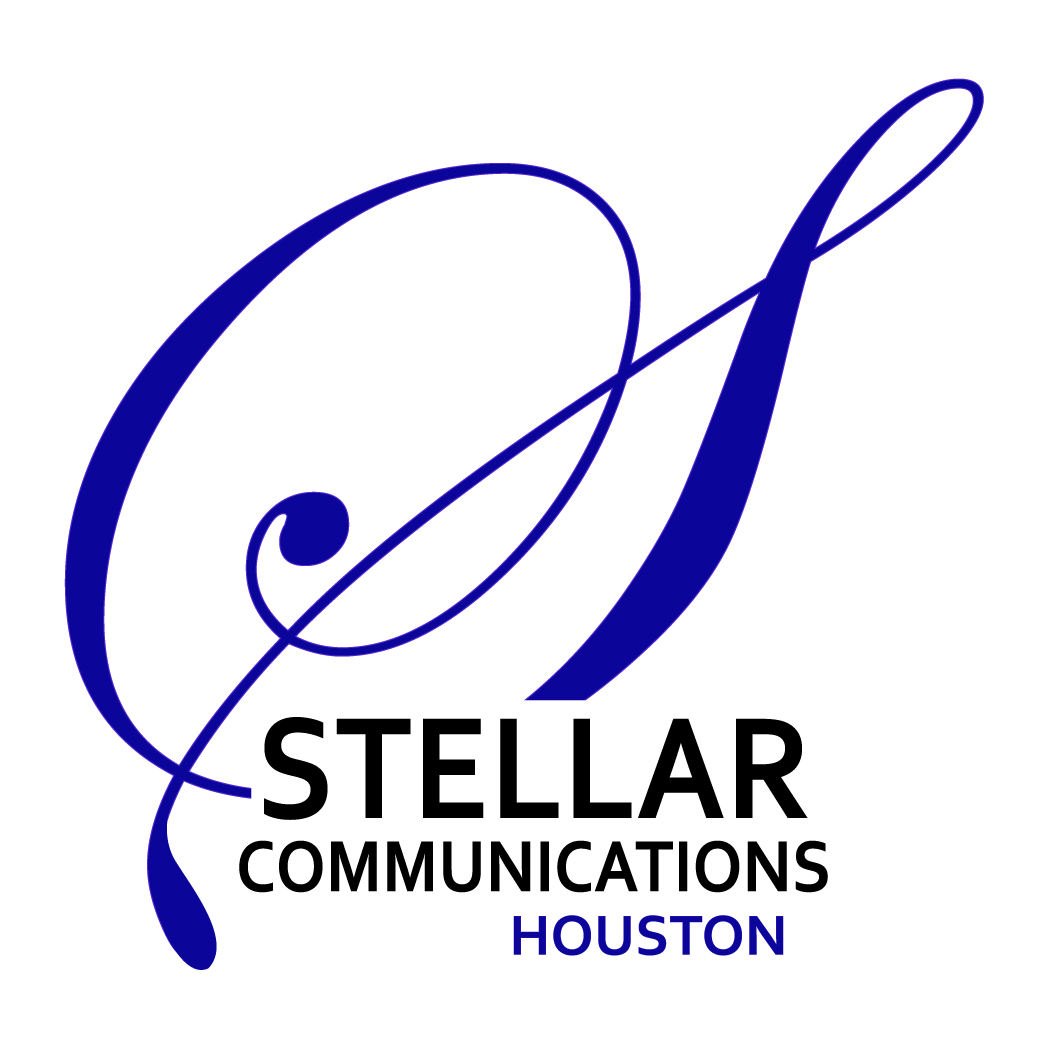Veggies have never tasted so good in my home. The snowpeas seem crunchier, and the radishes juicier.
Want to know what makes them special?
They came straight from a garden. A friend surprised me with fresh vegetables from her backyard. A dash of salt, some light sautéing, and they’re delicious.
It’s easy to serve up a winner when you start with a worthy product.

My friend Debbie basking in her garden. And some of the surprises in my kitchen this week!
The same goes for book marketing.
It’s easy to serve up a winning campaign when you start with a worthy book.
How do you build a buzz-worthy book? Last week, I had the privilege of sharing tips with authors in Judy Lane-Boyer’s 6-week course, How to Write a Book.
Here are five tips to build a buzz-worthy book.
#1 Set the Foundation
Why does this matter?
Your foundation shapes your book and your marketing and PR campaign. It also aligns the efforts of your team, from your ghostwriter and editor to your publisher, marketer, and publicist. A well-defined foundation directs everyone and everything related to your book publishing and marketing toward your vision.
How do you do it?
Set your foundation in a document that includes the following statements. That way, you can share it with every team member throughout your book project. You can also tweak it as your ideas become more refined.
Mission. Write the mission of your book in one clearly defined sentence.
Target audience. Identify your primary target audience. You may have secondary and tertiary audiences, too. Consider whether your book’s ideal buyers and readers are different groups of people. For example, you may target business or nonprofit founders who buy your book for their teams or members.
Problem-Solution Statement. State the big problem you’re addressing and the unique solution that your book offers the world.
Goals. List what you want to accomplish through your book. Do you want to sell books or build your email list? Get more clients, build credibility in your industry, or get media exposure? Maybe you want to reach as many people as possible and leave a legacy.
Measures of success. Use your goals to define how you’ll gauge your book’s success. This will help you create a smart campaign that is specific, measurable, achievable, relevant, and time-bound.

Dr. Alanna Bree and Alisha Kashyap’s mission statement for their forthcoming pediatric dermatology children’s book.
#2 Deliver a Promise to the Reader
Why does this matter?
Making a promise keeps your writing focused on meeting your readers’ needs. It motivates readers to buy your book when they know a solution to their problem awaits. It also helps your team differentiate your book from others in the marketplace. Ultimately, your promise is an opportunity to change lives.
How do you do it?
Define your promise to your readers. What solid pledge can you offer? Make a clear promise that tells readers what they will gain from your book. Articulate your unique approach to their problem and the takeaways they can count on. Describe how readers will feel afterward. Consider crafting your promise into a compelling subtitle for your book.
Deliver on your promise. Inside your book, follow through on your pledge by working with professionals to hone your writing. Talk with your graphic designer about creating engaging elements to structure your approach. Charts, callouts, chapter summaries, and photographs can impress your takeaways on your readers.
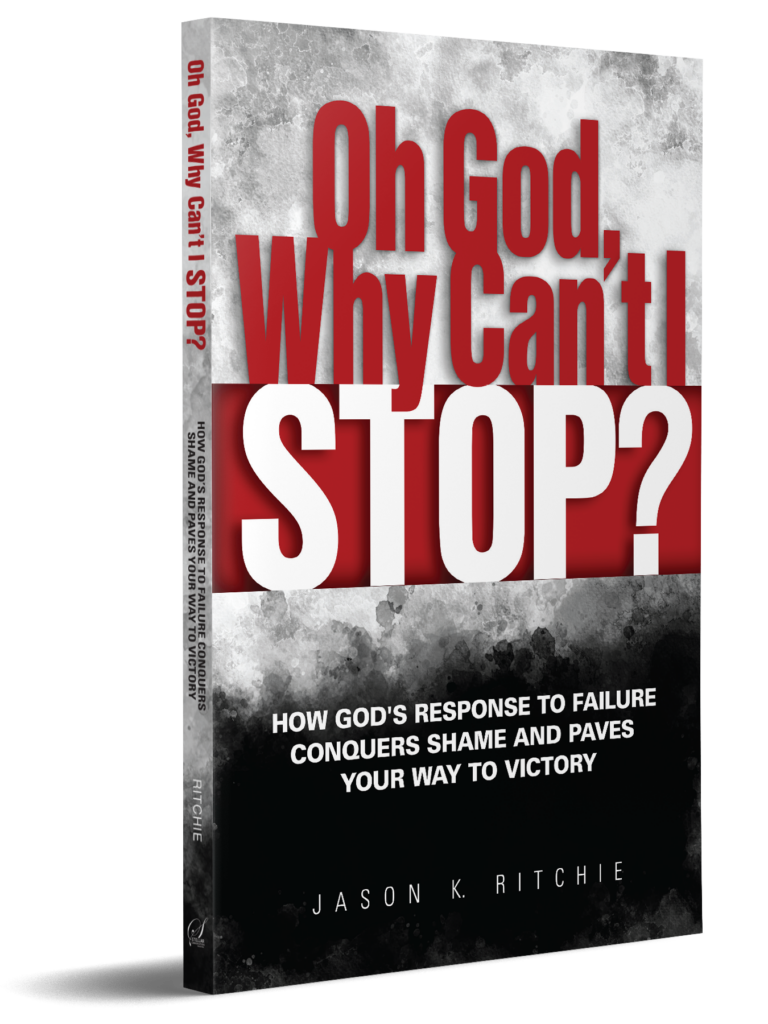
Jason Ritchie’s subtitle presents the promise of his Bible study book.
#3 Inspire Readers to Action
Why does this matter?
Authors publish books to educate, inspire, entertain, or persuade. Whatever your purpose, you can motivate readers to take action. When they’re inspired to act, it captures their attention, builds your connection, and adds value to your book.
How do you do it?
Define your call to action. What do you want to happen when your readers finish your book? Readers can join your email list to learn more. They can schedule a consultation or a speaking engagement. They can take your course, download your app, or get training for their teams. You may have multiple calls to action.
Develop a lead magnet. If you want to connect with and grow your audience, create a lead magnet. A lead magnet is a free, useful item or service that addresses specific pain points for your ideal readers. It entices your audience to share their contact information, allows you to keep in touch with them over time, and can turn readers into clients.
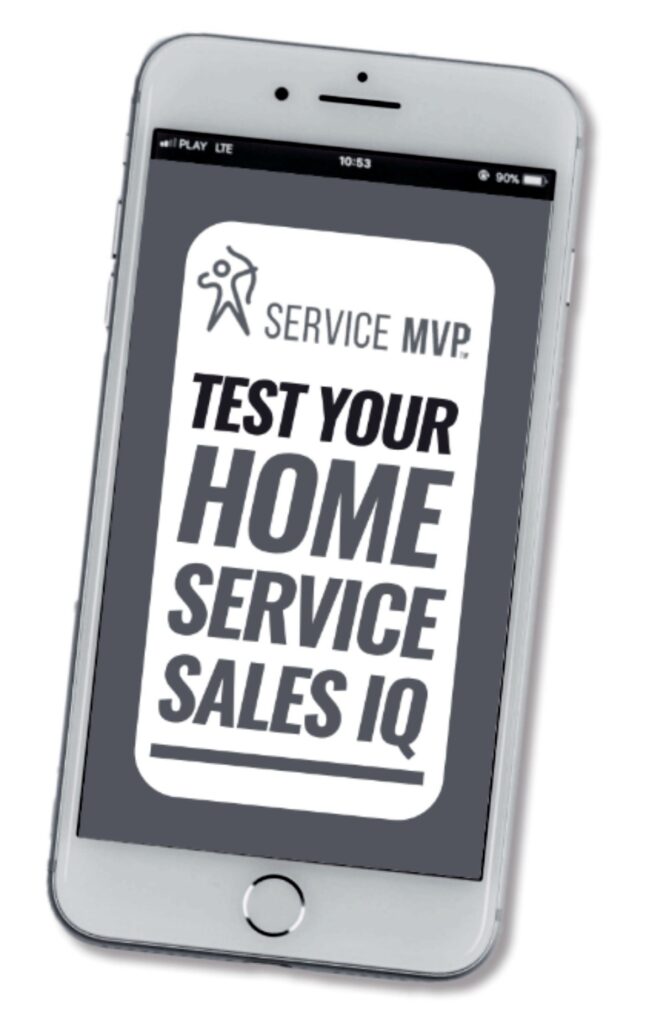
Joe Crisara offers a quiz as a lead magnet to entice readers from his home service sales book to his website.
#4 Get Social Proof
Why does this matter?
Readers are more likely to buy if you can prove that others like your book. It builds your credibility and sets your book apart in the market. It also allows you to leverage the audiences of the people who endorse your book.
How do you do it?
Send pitch letters. Start early and identify respected individuals in your niche. Email pitch letters with a brief synopsis, your mission and credentials, and why that person’s involvement matters.
Get reviews. Have a page inside your book asking readers to leave an online review. Send a personalized message to contacts who purchased your book, asking them to take 30 seconds to write a review to help you spread the word.
Display your proof in prominent places. Showcase endorsements on your book cover. Feature a Foreword in your first few pages. Gather all your different types of social proof and mention them on social media to attract new buyers.
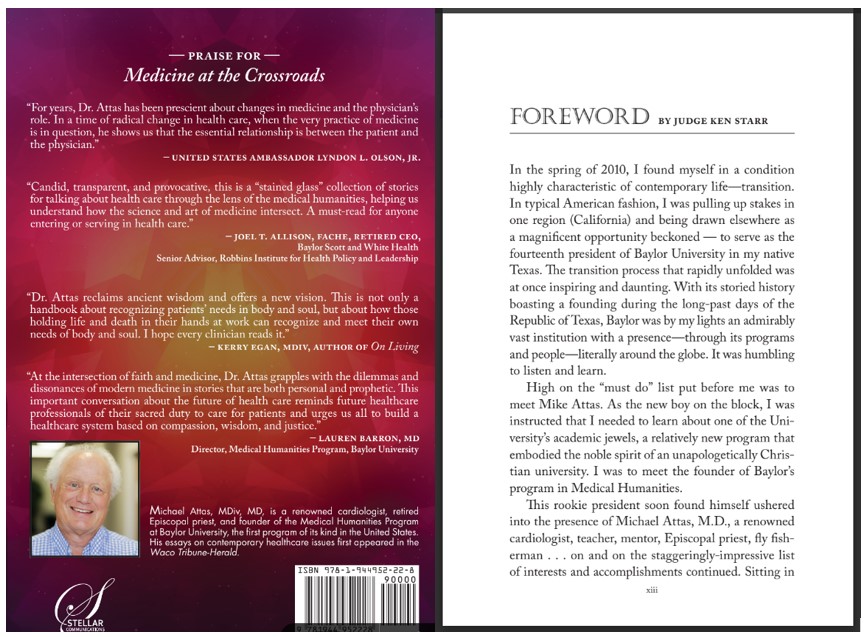
Dr. Michael Attas features social proof inside and outside his collection of medical essays.
#5 Do Market Research
Why does this matter?
Studying current trends gives you valuable insights to make your book more appealing to your target market. You’ll have a better chance of standing out.
How do you do it?
Talk with beta readers. Form a beta group of ideal readers who can give honest feedback. Find out your book’s strengths and weaknesses.
Use Amazon to observe the market. Look at bestsellers in your niche for a goldmine of information, such as trends in successful cover designs and content presentations. Read through both positive and negative reader reviews to find out what readers like and don’t like.
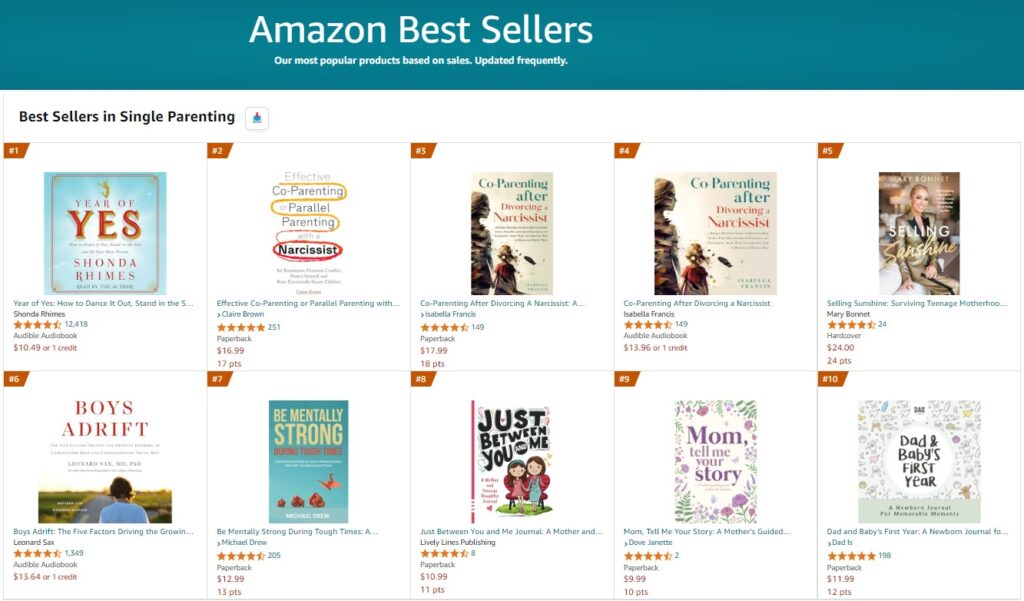
Market research for an author
Final Thoughts
A stellar meal starts with the best ingredients, and a successful book marketing campaign starts with a buzz-worthy book. You can create one using five strategies.
First, set your foundation. Then, think about a promise to your readers and how you’ll inspire them to action. Get social proof and do market research.
Implement these five tips – and serve up a winning campaign!
